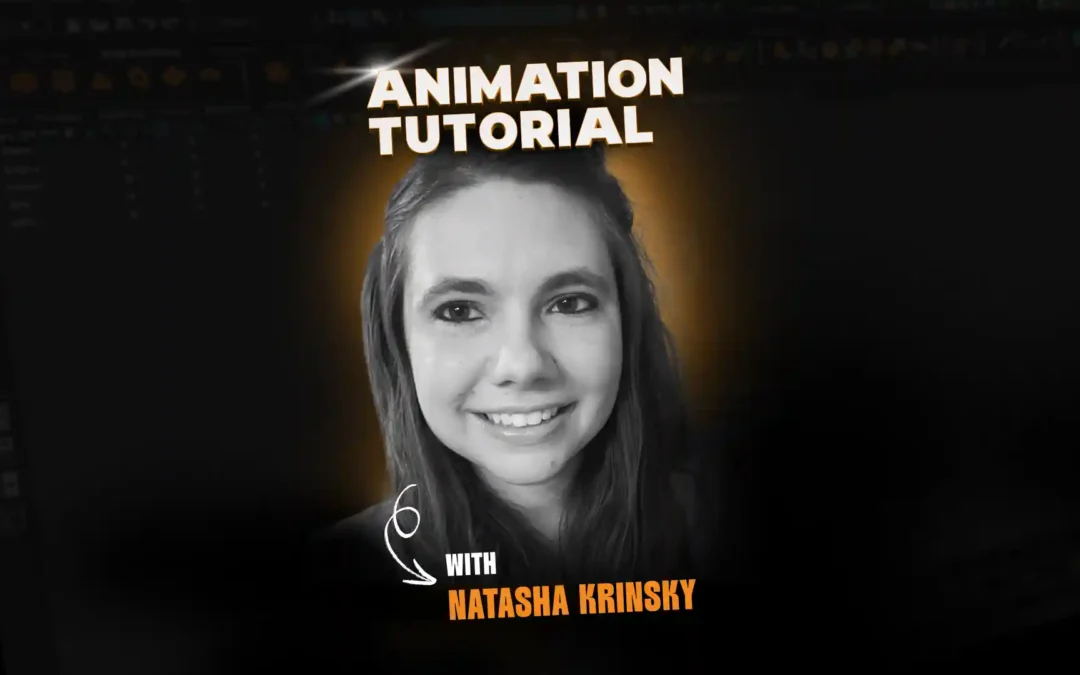The 12 Principles of Animation are the foundation of every great animated performance. In this tutorial, Animation Mentor instructor Don Kim, veteran animator and animation series director, breaks down each principle, explaining how they work and why they matter for animators in any medium.
What Are the 12 Principles of Animation?
1. Squash and Stretch
Gives characters and objects a sense of weight and flexibility. The amount depends on the force of the movement and the style—cartoony or realistic. Even subtle squash and stretch adds life, as seen in a bouncing ball or facial expressions.
2. Anticipation
Prepares the audience for an action. For example, a pitcher winds up before throwing a ball, or a character glances before turning their head. Anticipation builds tension and makes actions feel more dynamic and believable.
3. Staging
Directs the viewer’s attention to the most important part of the scene. Good staging uses composition, camera placement, and clear silhouettes to highlight the focus, avoiding unnecessary clutter.
4. Straight Ahead Action and Pose to Pose
Two animation workflows:
- Straight ahead: Animate frame by frame from start to finish for spontaneous, fluid movement.
- Pose to pose: Block out key poses and fill in the breakdowns later, allowing for easier planning and revisions.
5. Follow Through and Overlapping Action
Adds realism by showing that different parts of a character or object move at different rates. For example, a coat continues to move after the character stops, or arms and head lag behind the body during a jump.
6. Slow In and Slow Out
Objects need time to accelerate and decelerate. Adding more frames at the start and end of an action, with fewer in the middle, creates organic, non-mechanical movement.
7. Arcs
Most natural movements follow an arc, not a straight line. Animating limbs, heads, or thrown objects along curved paths makes the action feel more lifelike.
8. Secondary Action
Supporting actions that add depth to the main movement. A character might swing their arms, gesture, or show facial expressions while walking. Secondary actions should always support, not distract from, the main action.
9. Timing
Refers to the number of frames for an action, affecting the speed and weight. Proper timing helps convey emotion, mood, and physicality—whether a character is happy, tired, or struggling with a heavy object.
10. Exaggeration
Pushes poses and timing for stronger, clearer, and more entertaining animation. The degree of exaggeration depends on the style, but even realistic animation benefits from subtle exaggeration.
11. Solid Drawing (or Solid Posing in CG)
Strong understanding of anatomy, weight, and balance results in believable poses. Good silhouettes and clear lines of action make characters appealing and readable.
12. Appeal
Characters and scenes should be interesting, relatable, and visually pleasing. Appeal comes from strong design, personality, and performances that connect with the audience.
Key Takeaways
- The 12 Principles are essential for every animator, regardless of style or medium.
- Use these fundamentals to create animation that is believable, dynamic, and appealing.
- Study real life, plan your shots, and don’t be afraid to exaggerate for clarity and impact.
Meet Don Kim
Don Kim has been a professional animator since 1997 and currently works at Pipeline Studios where he is the Series Director of the Dora reboot. Don started his career at Disney Animation and has been an animation supervisor, series director, and storyboard artist for well-known television productions like Hotel Transylvania: The Series and The Backyardigans. Don teaches Body Mechanics at Animation Mentor.
You can learn more about Don and his work here.
Want to be mentored by professional animators like Don?
At the core of Animation Mentor are our 3D Character Animation and Game Animation programs. Follow your animation dreams by learning from animators at studios like Disney, DreamWorks, Pixar, ILM, Riot Games, Netflix, and Blizzard!
Keep an eye on our social media platforms for more tutorials, live workshops, and new courses.



